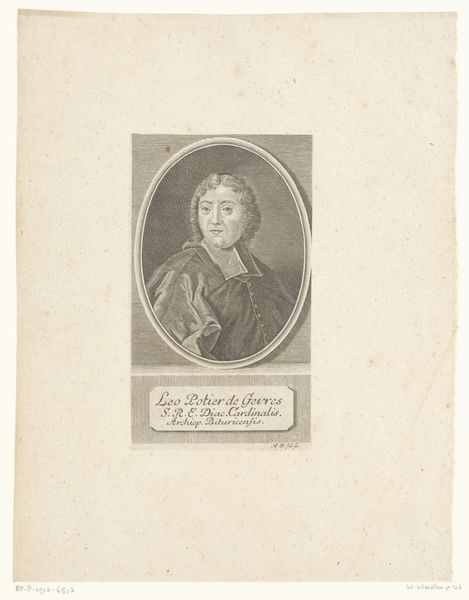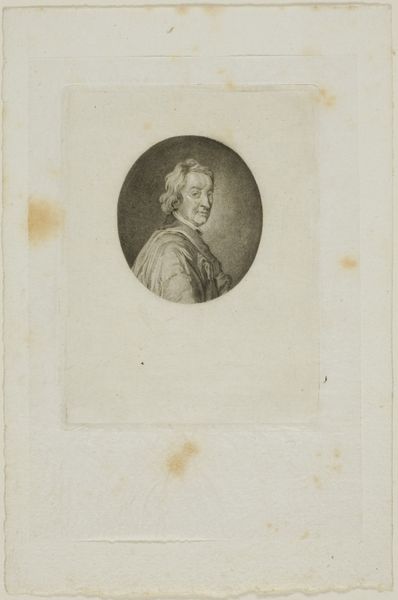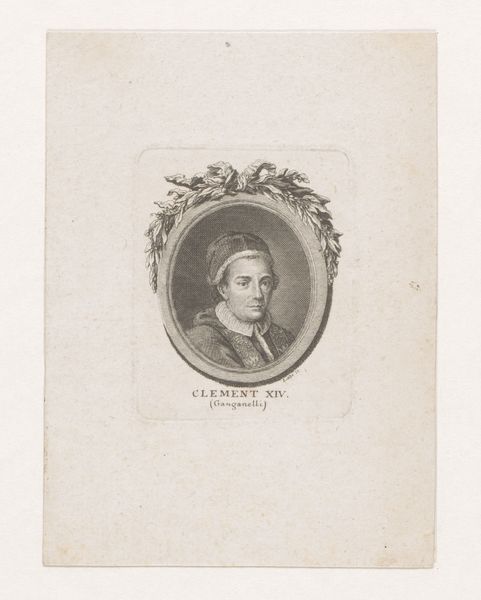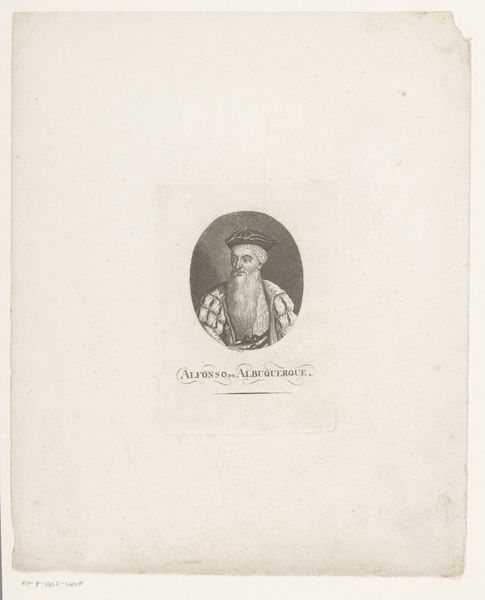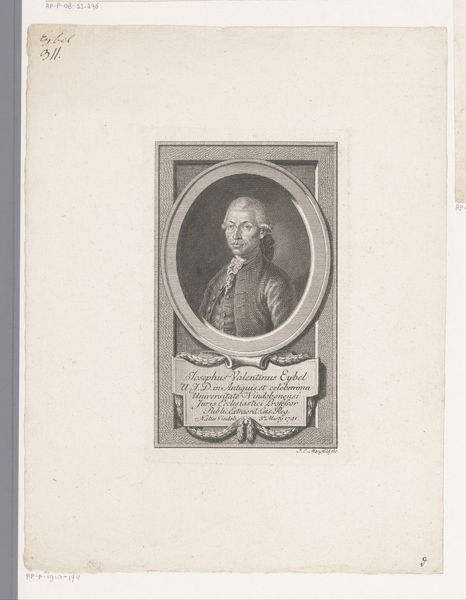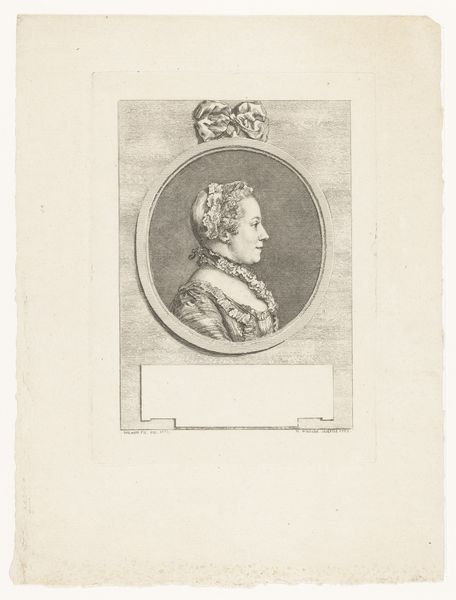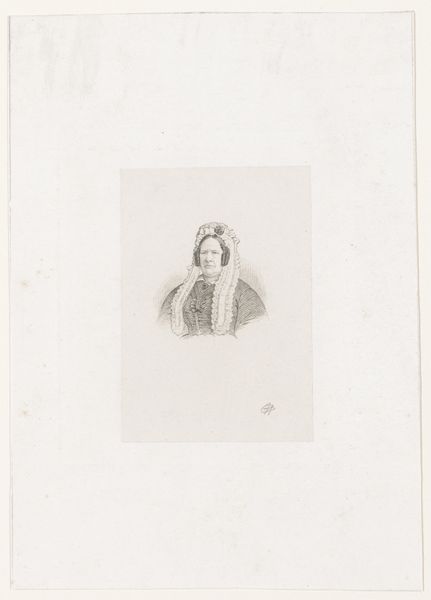
print, engraving
#
portrait
#
pencil drawn
# print
#
pencil sketch
#
asian-art
#
old engraving style
#
15_18th-century
#
engraving
Dimensions: height 175 mm, width 114 mm
Copyright: Rijks Museum: Open Domain
Editor: Here we have a print from between 1775 and 1834, titled "Portret van Van-Ta-Gin, keizer van China," currently housed at the Rijksmuseum. It gives off the impression of an early photograph, like a portrait from a bygone era. What visual elements stand out to you in this work? Curator: Indeed. Notice the exquisite line work, achieved through engraving. Observe how the artist utilizes hatching and cross-hatching to modulate tone and form. The face of Van-Ta-Gin, contained within an oval frame, takes centre stage, doesn’t it? Note how the artist manipulates line to define the contours of his face, achieving a sense of three-dimensionality within a two-dimensional plane. Are you perceiving how the gaze of the subject interacts with us, as viewers? Editor: I do. The detailed rendering of the clothing and jewelry, juxtaposed with the plain background, gives him prominence. What does this compositional choice imply? Curator: Consider how the formal constraints of the portrait – the oval frame, the inscription – shape our perception of Van-Ta-Gin. The very act of framing, of containing, is critical. It emphasizes certain features while diminishing others. We are left to contemplate the graphic depiction. Editor: The formal qualities definitely make me see how a portrait is, in fact, constructed. Thanks! Curator: Yes, indeed. By understanding that form precedes content, we can truly appreciate the artistry at work here.
Comments
No comments
Be the first to comment and join the conversation on the ultimate creative platform.


